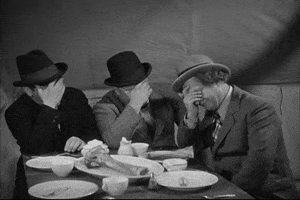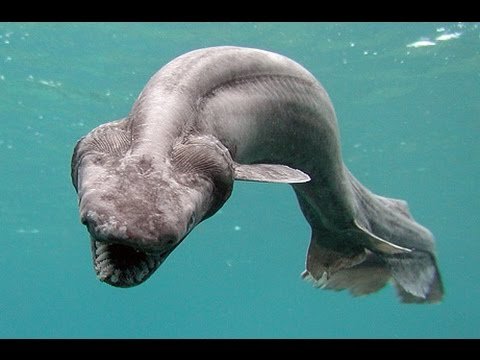Airstream345
Guru
- Joined
- Jul 3, 2017
- Messages
- 1,015
- Location
- United States
- Vessel Name
- FORTITUDE
- Vessel Make
- Kadey Krogen 54-8
Well that didn't take long. We had our first "oh $h!t" moment yesterday just as we pulled into our slip after a short lap around the lake. We have a hurricane hydronic diesel heater along with a heat exchanger from the engine.
We've run the heater about five times before in the marina with no issues.
Here is what happened:
Once it was secured and we calmed down I began troubleshooting. This is what I've found so far:
I suspect there are two issues (not sure if they are related):
First I have a leak in the fuel system most likely from a rubber fuel host passing through a grommet or at a connection. I examined the hoses as much as possible but didn't find any cracked ends near the clamps or slices in the hoses themselves. It could also be one of the brass fittings. Better to just replace the rubber lines and make sure every fitting is tight.
Second I think something soiled the insulation around the water jacket causing the whiffs of smoke. I noticed the insulation is wet and decayed near the water inlet which is also close to the exhaust port. Possibly related to coolant leaking (the band clamp wasn't completely tight). Hopefully this is outside in rather that inside out (meaning a crack in the water jacket). The only way to inspect is to remove the unit, the case and insulation.
I've begun the process of removing the unit from the boat so I can completely clean and inspect everything, especially the fuel system and water jacket.
We've run the heater about five times before in the marina with no issues.
Here is what happened:
- We pulled into the dock and as I was resetting the bow line I heard a loud "pop" from the heater exhaust. The furnace restarted immediately and I've read these can be related to air in the fuel lines so while it was concerning I felt like it might be no biggie.
- A few minutes later a lot of white smoke began billowing out of the exhaust.
- I immediately went aboard and shut down the heater and the exhaust smoke stopped.
- I opened the access hatch and noticed a little smoke rising slowly from the top of the furnace unit itself, mostly around the exhaust (outside of the actual exhaust however).
- I also noticed a sheen of diesel fuel on the ER floor below the furnace.
- After making sure everything was safe and cool I shut everything off completely so the furnace couldn't be started again.
Once it was secured and we calmed down I began troubleshooting. This is what I've found so far:
- Diesel fuel in the "pan" of the heater case.
- One of the fuel pump mounting bolts was loose (now tight).
- After following the cleaning and maintenance procedures I found a lot of carbon and soot in the burner chamber.
- After cleaning and reassembly I did a quick "smoke" test. No smoke from the exhaust, still some whiffs of smoke from around the exhaust port (not from the exhaust).
- Opening up the front panel of the furnace case again revealed more fuel in the pan (again).
I suspect there are two issues (not sure if they are related):
First I have a leak in the fuel system most likely from a rubber fuel host passing through a grommet or at a connection. I examined the hoses as much as possible but didn't find any cracked ends near the clamps or slices in the hoses themselves. It could also be one of the brass fittings. Better to just replace the rubber lines and make sure every fitting is tight.
Second I think something soiled the insulation around the water jacket causing the whiffs of smoke. I noticed the insulation is wet and decayed near the water inlet which is also close to the exhaust port. Possibly related to coolant leaking (the band clamp wasn't completely tight). Hopefully this is outside in rather that inside out (meaning a crack in the water jacket). The only way to inspect is to remove the unit, the case and insulation.
I've begun the process of removing the unit from the boat so I can completely clean and inspect everything, especially the fuel system and water jacket.
Last edited:




